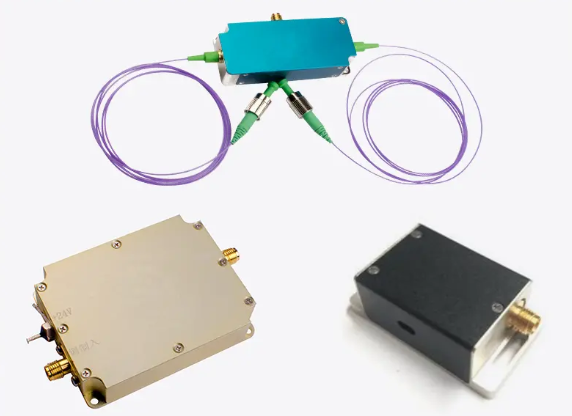What Are Some Factors Affecting Linewidth?

Several factors can influence the linewidth of a laser:
l Single-frequency operation: As mentioned earlier, achieving true single-mode operation is crucial for the narrowest linewidth. Any deviation towards multi-mode operation broadens the spectrum.
l External noise: Environmental factors like vibrations, temperature fluctuations, or even power supply noise can introduce additional variations in the emitted wavelengths, leading to a wider linewidth.
l Laser design: The design of the laser cavity itself plays a significant role. Factors like cavity length, material properties, and even the pumping mechanism (how the laser is powered) can influence the linewidth. Design elements like passive stabilization techniques can be implemented to minimize internal noise sources and achieve a narrower linewidth.
l Gain profile: The gain profile refers to the variation in amplification across different wavelengths within the laser cavity. An ideal, uniform gain profile promotes single-mode operation and a narrow linewidth. Deviations from a uniform profile can lead to competition between multiple modes, broadening the linewidth.
By carefully controlling these factors through design and operation, manufacturers can achieve very narrow linewidths in their lasers, often in the range of kilohertz (kHz) or even less. For more information about narrow linewidth laser please click:https://www.cq-smart.com/narrow-linewidth-laser.
- Art
- Causes
- Crafts
- Dance
- Drinks
- Film
- Fitness
- Food
- Juegos
- Gardening
- Health
- Inicio
- Literature
- Music
- Networking
- Otro
- Party
- Religion
- Shopping
- Sports
- Theater
- Wellness


